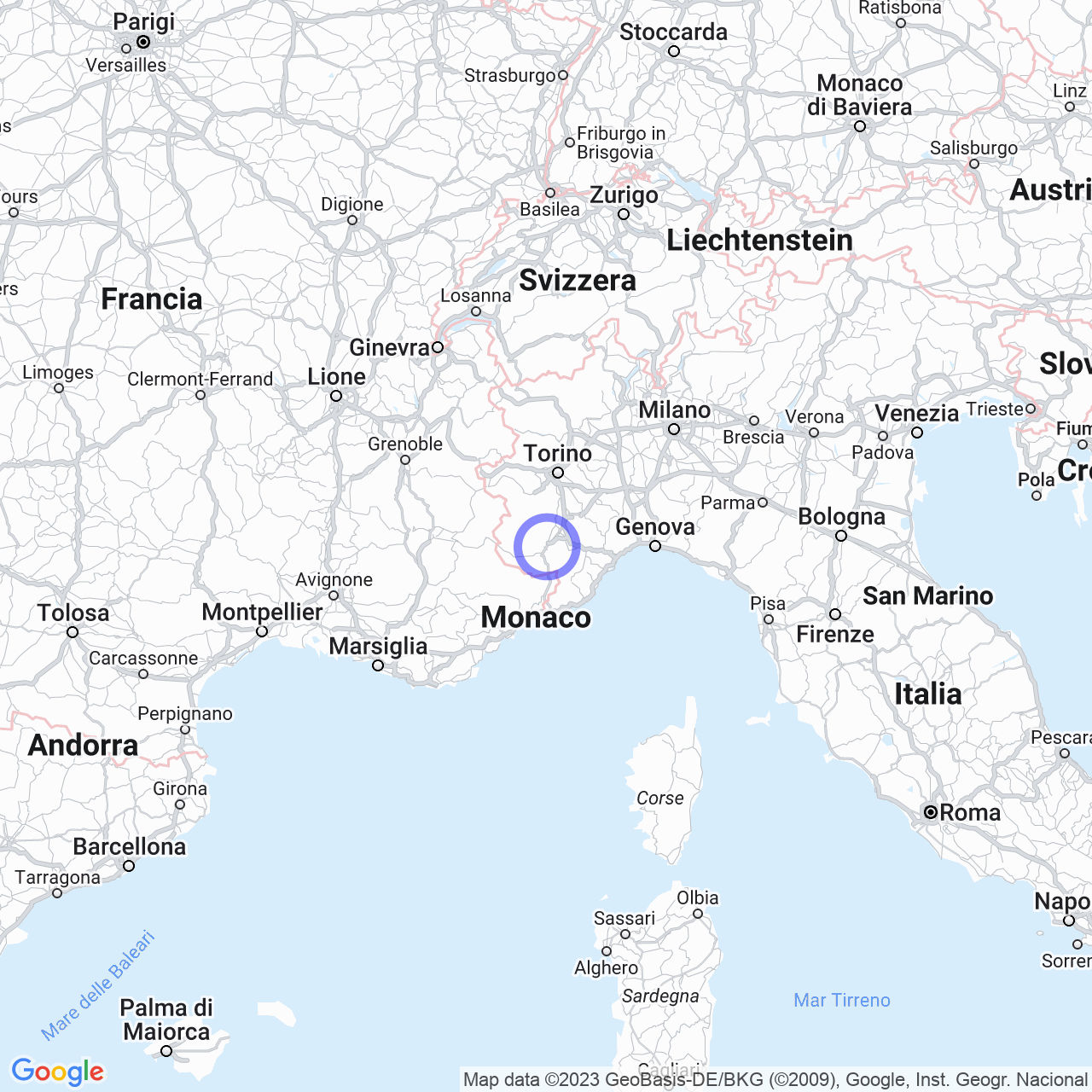Cuneo
Welcome to Cuneo, the city of the "cùneo"
If you love places with a history, Cuneo might be the perfect destination for you. This city in Piedmont, located at the confluence of the Demonte and Gesso streams, takes its name from the characteristic shape of the ground on which it was built: a "cùneo". The historical center, characterized by a chessboard layout, develops along a median street that leads to Galimberti square. Cuneo has modern origins and does not date back to the Roman Empire, like many other cities in northern Italy. In this short article, we will talk about the physical geography and climate of Cuneo, to let you discover some interesting specifics about the city.
Physical Geography

Territory
Cuneo is in a strategic position, on the southwestern plateau of Piedmont. Located at the center of the Alpine arc, it faces southwest and opens to the Po Valley in the northeast. The Langhe hills are only a few dozen kilometers away while the Mediterranean Sea can be reached as the crow flies at about 100 kilometers away. The three streams that run through the city have allowed the creation of a large river park, the Gesso and Stura River Park, while the Grana river flows in the northwest of the city. Despite its mountainous location, Cuneo is known as the "Green Capital of Piedmont" thanks to the presence of many city parks and green areas.
Climate
The climate in Cuneo is sub-continental temperate, characterized by cold winters and hot and humid summers. Thanks to its position above 500 meters of altitude, however, summers are still bearable thanks to the ventilation. July, the hottest month, has an average temperature of 25°C, while January, the coldest month, has an average of 4°C. The annual average temperature is about 12°C. Annual precipitation, distributed in 81 days, amounts to an average of about 950 millimeters. The rainfall regime is similar to that of Turin: there are two peaks (one in spring and one in autumn) and two lows (in summer and winter). July is the driest month, while snowfall is frequent in winter, thanks to the "stau effect" of the bora currents. On average, there are about 20 foggy days a year, while the wind has an average of 2 meters per second.
Cuneo is a city with a pleasant climate and a varied landscape: the mountains of the Alps form an arc behind the city, but nearby, there are also gentle hills and the Po Valley.
Conclusion
Cuneo is a fascinating city rich in history, with a beautiful natural landscape and a temperate climate that makes it pleasant in all seasons. Thanks to its strategic position, it is an ideal starting point for exploring the Alps, the Langhe hills, and the Po Valley. The historical center, characterized by the chessboard layout, is an excellent destination for a stroll among shops, bars, and typical Piedmontese restaurants. If you love nature, the Gesso and Stura River Park and the surrounding areas offer numerous opportunities for hiking and outdoor activities. In any case, Cuneo is a destination not to be missed if you are looking for a perfect combination of culture, nature, and history.
